Science Visualized
-
 Earth
EarthSeismic signals chronicle deadly landslide
Washington state’s deadly Oso landslide was recorded in seismic waves.
By Erin Wayman -
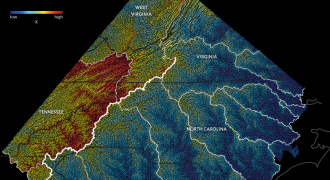 Earth
EarthEvolution of river systems
A river’s erosion downward and across a landscape is based on a variety of factors, including terrain steepness and the arrangement of tributaries.
By Sid Perkins -
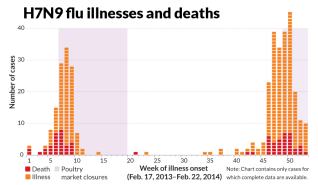 Health & Medicine
Health & MedicineSecond wave of bird flu ups pandemic worries
The H7N9 avian influenza virus, which first appeared in 2013, is sweeping China with a second, larger wave of illness.
-
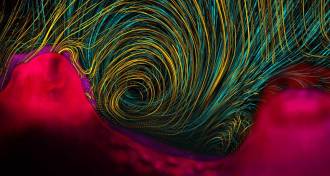 Animals
AnimalsA tiny ocean vortex, with pop art pizzazz
Coral polyps kick up a whirling vortex of water by whipping their hairlike cilia back and forth in the photography winner of the 2013 International Science & Engineering Visualization Challenge.
By Meghan Rosen -
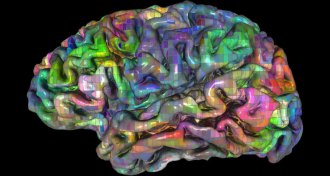 Neuroscience
NeuroscienceWays of seeing the brain inspire notions of how it works
As scientists have developed more sophisticated methods and ideas, their understanding of how the brain works has shifted too.
-
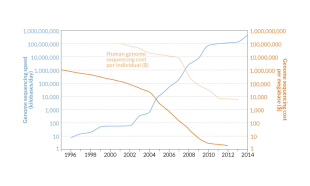 Tech
TechThe gene sequencing future is here
The biggest expense in sequencing a human genome now is the cost of storing it.
By Beth Mole -
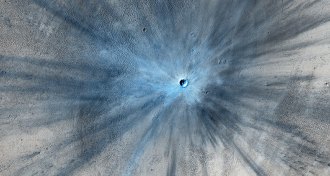 Planetary Science
Planetary ScienceBig space rock makes an impact on Mars
An orbiting spacecraft snapped images of a huge crater and blast marks on the surface of the Red Planet.
-
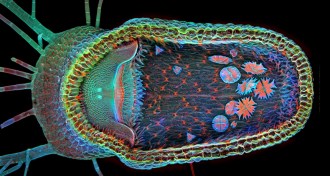 Plants
PlantsBladderwort opens wide
Under a microscope, the tiny trap of a carnivorous plant becomes an impressive gaping maw.
-
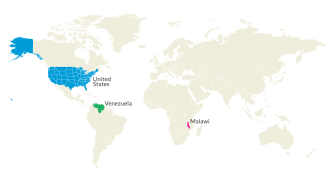 Microbes
MicrobesGut bacteria respect diets, not borders
Malawian and Guahibo gut microbiomes resembled those of herbivorous mammals, while American guts were more similar to carnivores’.
-
 Cosmology
CosmologyBest maps of the universe, bugs and all
Maps from the European Space Agency’s Planck satellite reveal the cosmos in a range of microwave and infrared frequencies.
By Andrew Grant -
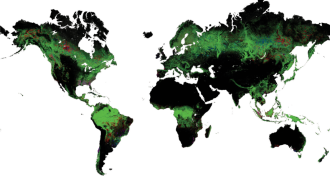 Ecosystems
EcosystemsOnline map tracks forest shifts from space
By layering more than 650,000 satellite images onto a Google map, researchers have created a new tool to track forest cover.
By Meghan Rosen -
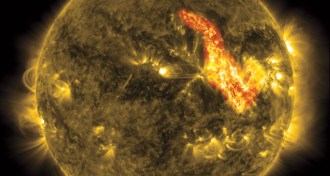 Astronomy
AstronomySolar explosion forms ‘Canyon of Fire’
Just when the sun was looking especially lethargic, a violent eruption left behind a vast chasm of superheated gas on the solar surface.
By Andrew Grant